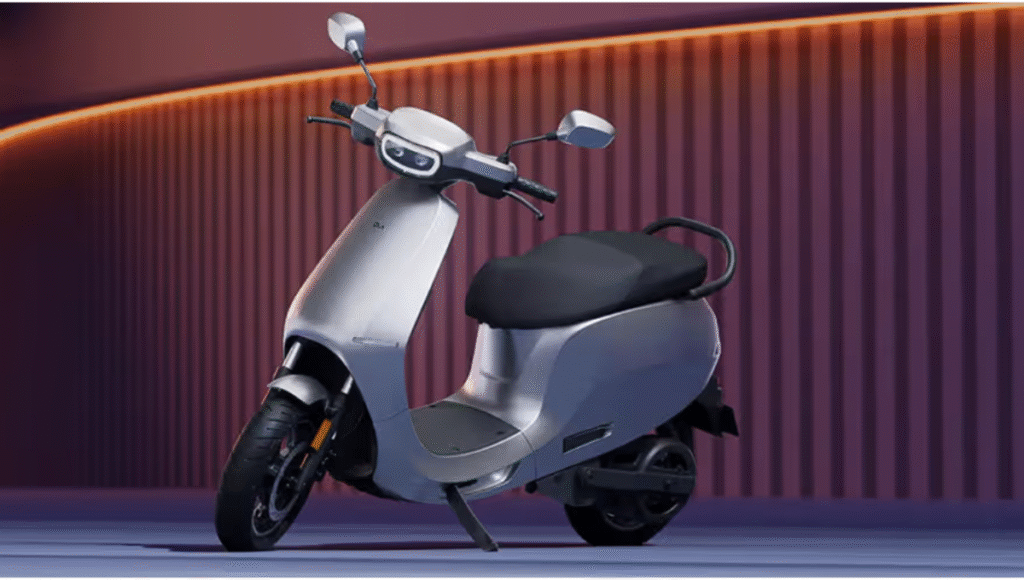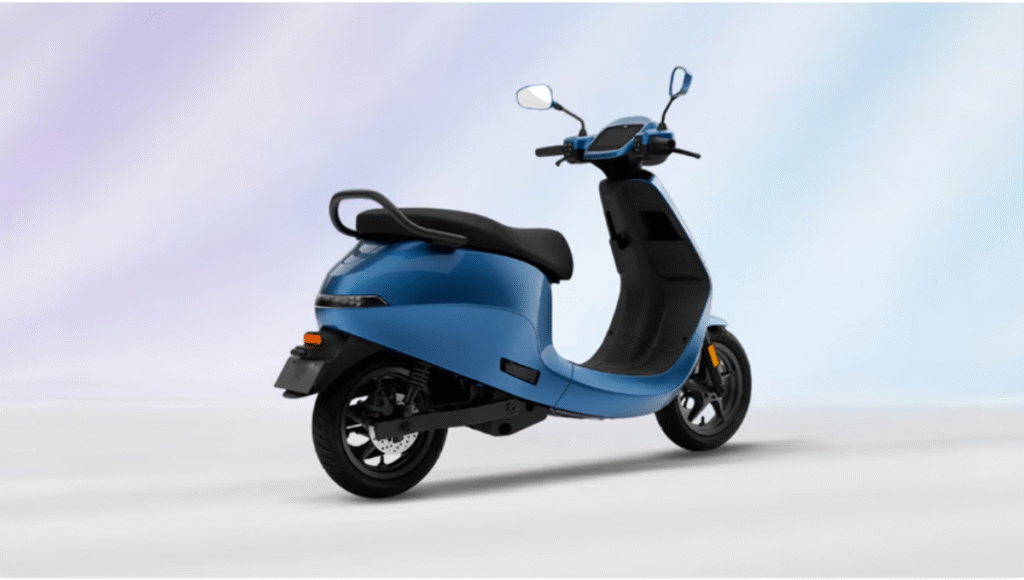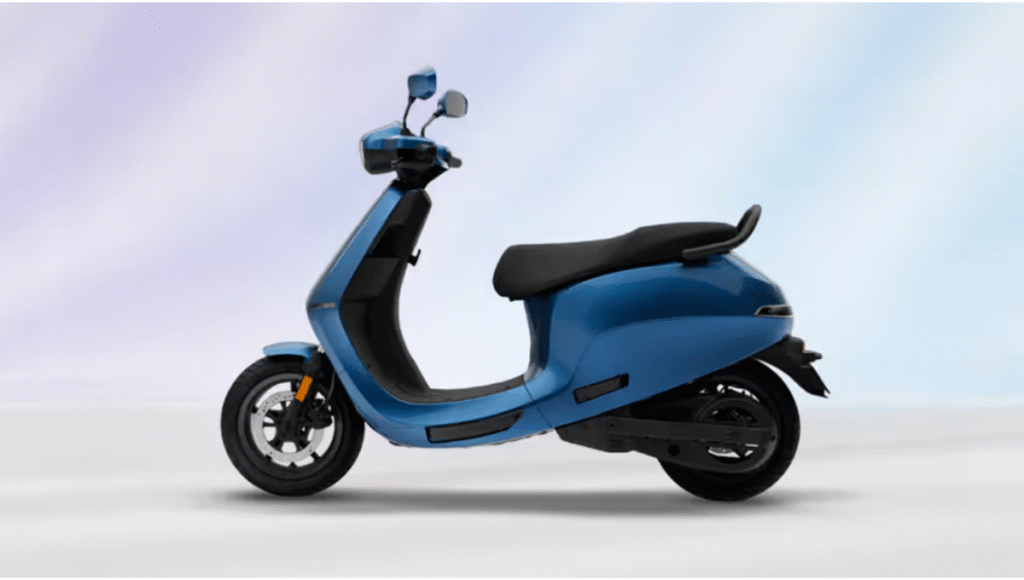
Ola Electric’s Big Boost: ₹400 Crore PLI Claim Signals Brighter Future for EV Giant
Ola Electric gets has secured a ₹400 crore boost, marking a major milestone in India’s electric vehicle journey Ola Electric. The homegrown electric vehicle (EV) manufacturer has taken a bold step forward by filing a claim of nearly ₹400 crore under the government’s Production-Linked Incentive (PLI) scheme for FY25. This move not only strengthens its financial backbone but also paints a promising picture for the future of EV adoption in India.
A Strong Step Backed by Sales Success
Ola Electric’s claim is based on approximately ₹3,000 crore worth of eligible sales during the financial year. With an expected incentive rate of 13–14 percent, the payout could give the company a crucial liquidity cushion. For a company that has been investing heavily in innovation and infrastructure, this comes as a timely support system. Industry watchers believe this incentive will help Ola build momentum and give it more room to accelerate its EV growth story.
Market Cheers Ola’s Performance
Investors were quick to recognize the potential of this announcement. Ola Electric’s stock price jumped more than 3 percent on September 15, closing at ₹60.79 after touching an intraday high of ₹61.02. What’s remarkable is the turnaround in the company’s share performance. From a 52-week low of ₹39.60 in July, the stock has surged by almost 54 percent—proof that confidence is returning to both the company and the EV industry as a whole.
Leading the PLI Race
Ola Electric has set itself apart in the PLI program. It was the only two-wheeler manufacturer to secure the incentive last year, and it continues to lead with the highest PLI-eligible sales in the two-wheeler EV category for two consecutive years. This achievement highlights not only Ola’s market leadership but also its ability to consistently meet government targets for domestic manufacturing and innovation.

The Power of Gen 3 Scooters
Adding to the momentum, Ola Electric gets has received certification of compliance for its Gen 3 scooter portfolio under PLI eligibility assessments. The entire S1 line-up is now covered, which is crucial since the Gen 3 scooters account for the majority of the company’s sales. From the second quarter of FY26 onwards, this certification is expected to boost profitability in a big way, giving Ola a clear edge in the competitive EV space.
A History of PLI Benefits
This is not Ola’s first success under the scheme. Earlier in March, the company secured ₹73.7 crore through the PLI auto initiative. These repeated wins prove that Ola has built a strong framework to consistently qualify for such benefits, ensuring steady government-backed support for its growth plans.
Balancing Losses with Future Gains
Like many ambitious EV companies, Ola Electric has faced financial challenges. In Q1 FY26, it reported a consolidated net loss of ₹428 crore. However, the silver lining was that its auto segment came close to generating neutral cash flow during the same period. With better control over operational expenses and working capital, plus the incoming PLI support, the company looks well-positioned to turn the tide in its favor.

India’s Big Push Towards EV Manufacturing
The government’s ₹26,000 crore PLI scheme, launched in 2021, is designed to transform India into a hub of auto and EV component manufacturing. By reducing import dependence and encouraging domestic innovation, the scheme is not only supporting companies like Ola but also shaping the nation’s clean mobility future. Ola’s success under this scheme highlights how such policies can directly accelerate India’s shift towards sustainable transport.
A Road Full of Promise
For Ola Electric, the ₹400 crore claim is much more than just a financial incentive. It represents trust in its vision, recognition of its progress, and a sign of brighter days ahead. As the company continues to innovate and expand, it’s not only fueling its own growth but also inspiring India’s EV revolution. The journey may not be free of challenges, but with strong government backing and market confidence, Ola seems set on a road full of opportunities.





